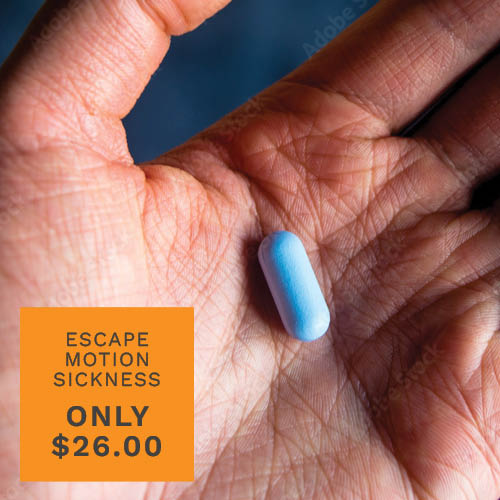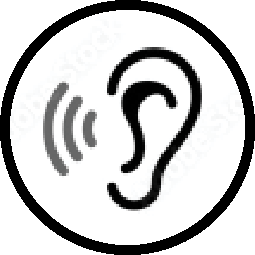a common occurrence with about 1 in 3 people being susceptible to it.
Common symptoms are nausea, vertigo and headaches and it is not only adults who can suffer from it. It is actually most common in children and pregnant women.
Thankfully, there is treatment that can help you battle these symptoms.
Why does sea sickness happen?
Simply put, sea sickness is the result of a conflict between the body’s sensory parts. The inner ear, which is responsible for maintaining our balance, notices the changes in acceleration while the boat is rocking back and forth.
However, our eyes detect a fairly stable and motionless scene since the boat’s interior is also moving with us. This causes the release of alarm signals and stress hormones, our brain thinks that we’re hallucinating and induces vomiting to clear the organism of the alleged toxins.
How long do sea sickness symptoms last?
Sea sickness usually occurs within the first 48 hours at sea and is only dispelled once the person accommodates to the ship’s motion. Although sea sickness is not contagious and can’t be spread to other people, being around a person experiencing symptoms increases the chances of getting sea sick yourself.
How can you prevent sea sickness?
This differs from person to person, but there are some precautions that can be taken to reduce the risk.
- Keep your fluid intake high. Sea sickness can dehydrate you. Water, lime and apple juices are good, while coffee, milk and alcohol should be avoided.
- Eat lighter meals the day before. Avoid high-calorie, fatty foods as well as anything with tons of sugar.
- Stay on the deck. Fresh air can relieve the symptoms, while closed spaces below deck can make them worse. Keep your eyes fixed on the horizon as much as possible.
- Maintain slow and deep breaths. Avert your thoughts away from the thought of being sick, but rather focus on your breathing as much as possible.
You can contact us by calling 1300 SEASICK or order your travel sickness treatment online here.









